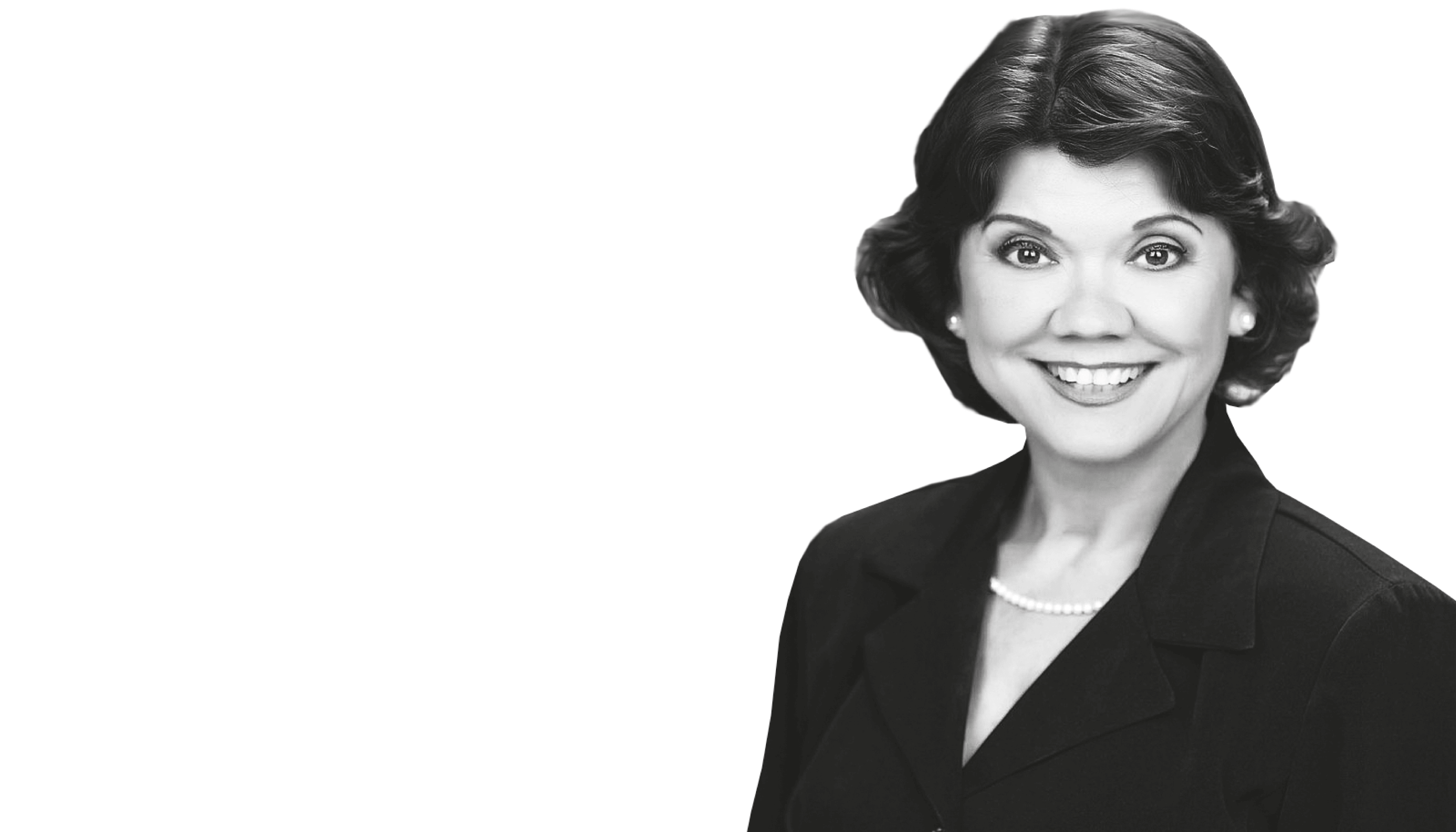The Nelson Diversity Surveys (NDS) are a collection of four datasets that quantify the representation of women and underrepresented minorities (URMs) among professors, by science and engineering discipline, at research universities collected during 2002, 2005, 2007, and 2012. The surveys were complete populations, rather than samples. Consequently, the Surveys quantified characteristics of STEM faculty that had never been revealed previously, drawing great attention nationally and gaining complete support from women and URM STEM faculty.

Women and URM science faculty had been concerned for years about perceived inequities in academia and were just becoming vocal. These groups believed that underrepresented students were increasing among PhD recipients without a corresponding increase among recently hired professors. Highly disaggregated federal data showed that female and URM PhD attainment were increasing, but no analogous faculty data existed to enable a comparison. Available faculty data were disaggregated by gender or by race, but not both, and neither was disaggregated by rank. A few concerned female scientists had compiled the disaggregated data for their own universities, but these data were too localized to support a national conclusion.
The NDS started as a student project – just two students and myself – with the intention of only examining chemistry faculty in the top 50 departments, as ranked by the National Science Foundation (NSF), according to research funding expenditures. They immediately drew so much press that female faculty from other STEM disciplines asked me to survey their disciplines, too. In a few weeks, the surveys grew from the top 50 departments in one discipline to the top 100 departments in each of 15 disciplines – chemistry, physics, mathematics, chemical engineering, civil engineering, electrical engineering, mechanical engineering, computer science, political science, sociology, economics, biological sciences, psychology, astronomy, and earth science.
Some amazing degrees of underrepresentation were revealed. For example, the 2002 survey showed that there were no Black, Hispanic, or Native American female faculty in the top 50 computer science departments. It also revealed that there were no Black or Native American assistant professors in the top 50 chemistry departments.
The hard part of the project – and the reason it had never been done before – was that whole populations were needed in these surveys. Some people may not know what that means; they may have heard a survey discussed in which 65 percent participation was obtained, so the researchers were happy. In some surveys, only 20 percent participation is considered adequate. The NDS required 100 percent participation. Why? Because it reports very small numbers of women and URM faculty. Reporting that there are zero Native Americans in the top 50 departments of a discipline requires having data from all departments, otherwise, it could be argued that they might be in the missing departments. Therefore, we obtained data for all departments from department chairs. We also gave department chairs the opportunity to examine and correct their data before it was released. Finally, women and URM faculty had the documentation to support their concerns.
Our surveys unveiled the level (using data for one year) and rate (using data from 2002 to 2012) of faculty diversification, disaggregated by race, by rank, by gender, and by discipline. Researchers enthusiastically used the disaggregated faculty data in comparison with existing, analogous student data. I was cautioned by some researchers not to release my raw data (largely responses from department chairs) until I had fully reported their outcomes myself. However, my goal was not to get publications for myself, but rather to empower an army of concerned women and URMs to research the NDS data – a goal I believed to be of great importance (and I hope you agree).
I released the raw data immediately after each survey ended. The result? Many new programs increasing the representation of women and minorities among professors were launched. The NDS were used by the National Science Foundation, National Institutes of Health, Department of Energy, US Congress, Sloan Foundation, the National Organization for Women, universities, and many other organizations interested in diversity in academia. In only a couple of years, a new area of research was spawned – the Science of Broadening Participation.
As for the future of such surveys, I don’t believe that NDS will be attempted again for multiple reasons – namely, obtaining data for such a large group is extremely difficult, and the surveys came along at a time when inequities in URM faculty representation were hidden but easily revealed. I still believe the Science of Broadening Participation is a much-needed research area, but we must go beyond headcounts in the future.
A full report of NDS, with all data, tables, and bar graphs, is in Chapter 2 of “Diversity in the Scientific Community Volume 1: Quantifying Diversity and Formulating Success” (https://bit.ly/2uzmrWi).




